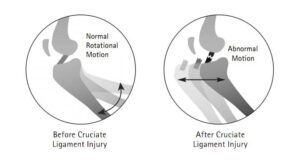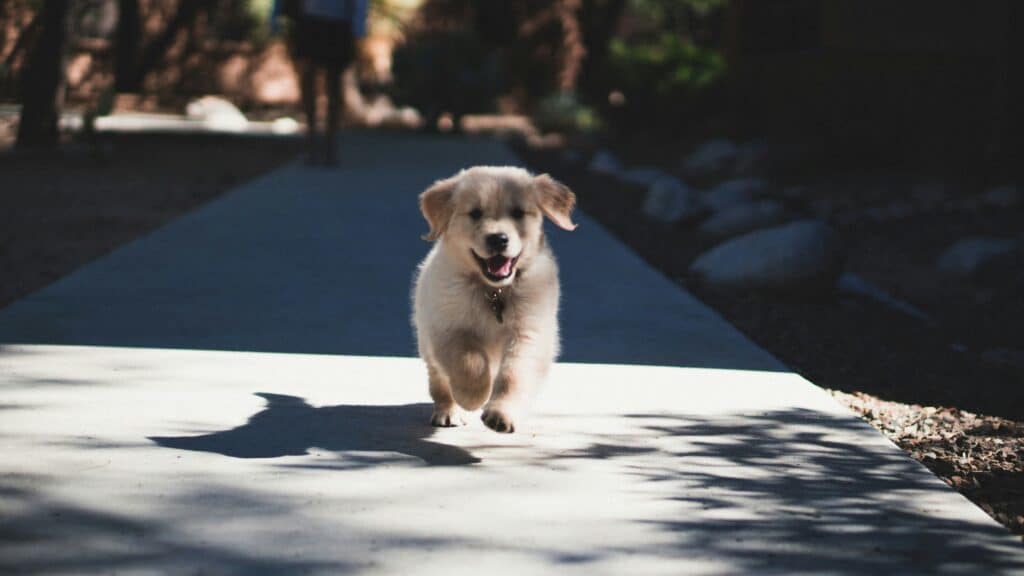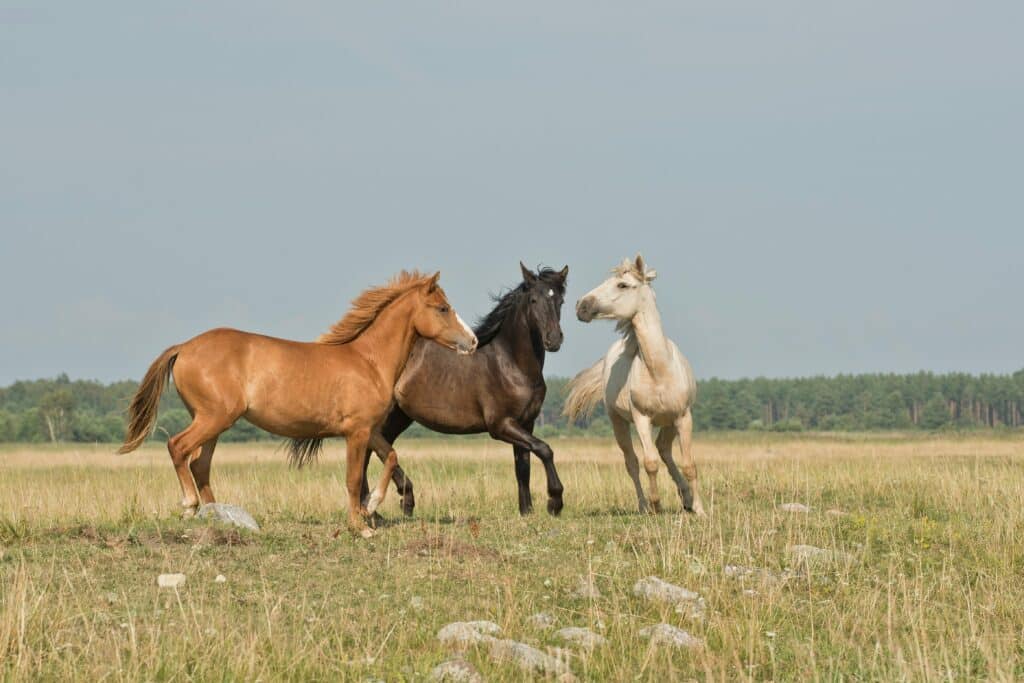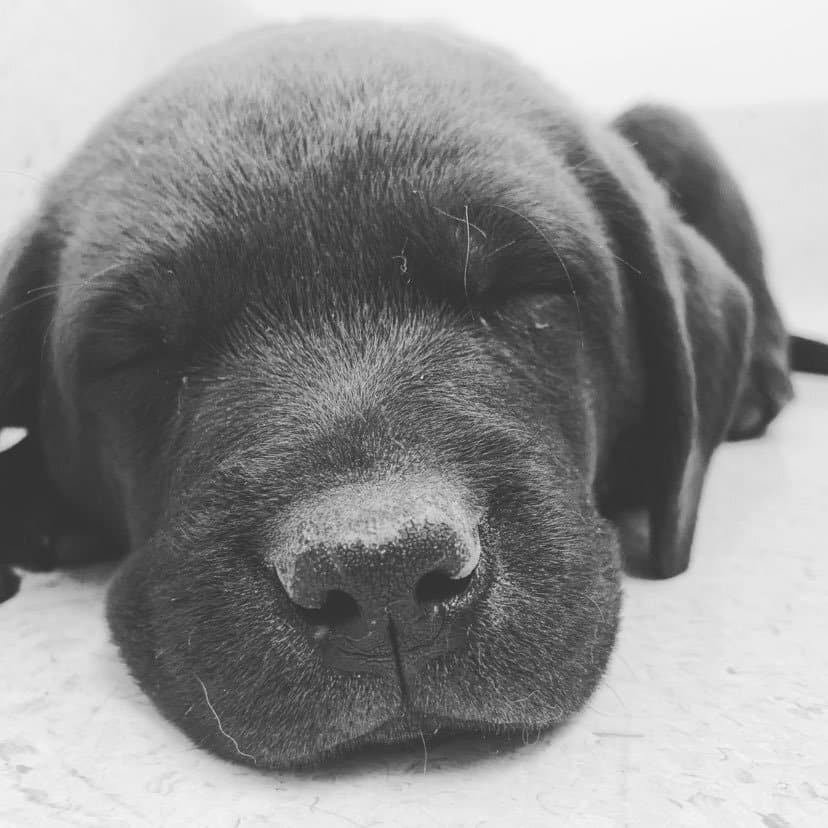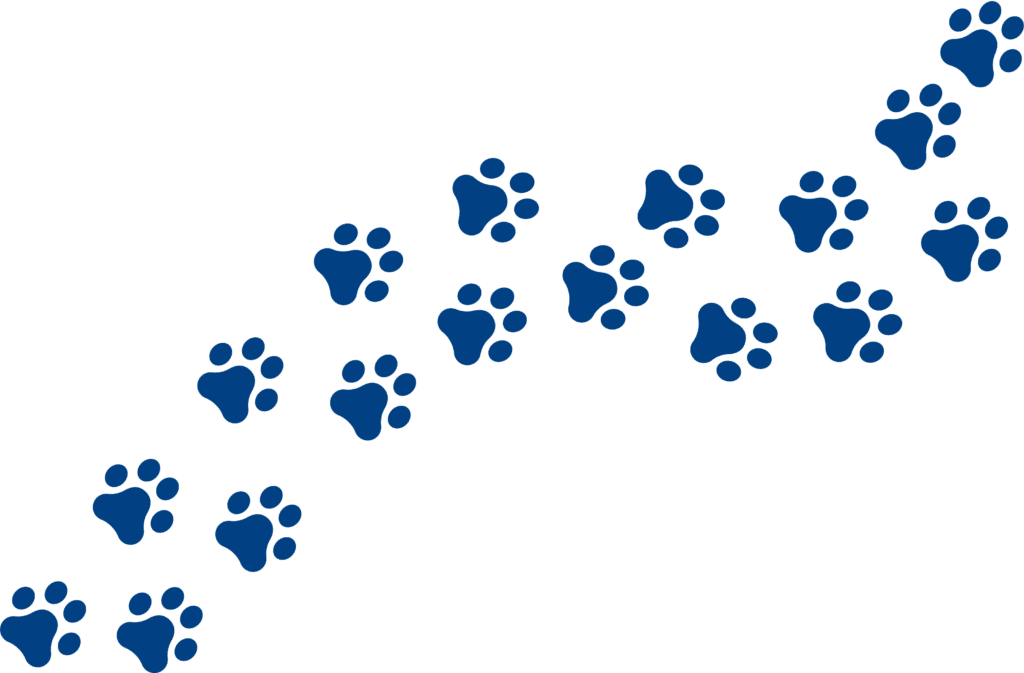What is cruciate ligament disease and what signs should I be looking out for?
Cruciate ligament disease is a term used to describe an injury to the cranial cruciate ligament (CCL) of the knee in dogs. The cranial cruciate ligament is the same as the anterior cruciate ligament (ACL) that humans can injure. Although dogs can ‘snap’ their CCL in the same way that humans do, it is far more commonly a degenerative condition where the ligament frays and breaks down over time. This is because of differences in the anatomy and the shape or structure of the dog’s knee.
The primary sign of CCL disease is lameness in the affected leg (it can only be a back leg). The lameness may be subtle and may come and go but is generally progressive over time. Sometimes the lameness appears very suddenly but sometimes it can be very gradual. Changes in gait can also indicate mild lameness or discomfort which may be due to underlying CCL disease.
If diagnosed what happens then? Will my dog have to go to a specialist?
CCL disease is an extremely common diagnosis. Generally, the diagnosis is suspected after a full history is taken and a thorough physical examination is completed. This diagnosis is then supported by radiographs and ultimately confirmed at surgery. It is considered a surgical condition – whilst medical management can be used to control pain associated with the condition, surgery is generally recommended to maximise your dog’s long-term comfort and function in that leg.
We are pleased to say Dr Andrea has undertaken further training and qualifications in cruciate surgery and has performed countless successful repairs for patients all over the Riverina. Our expert vets will help you make the right decision for your pets well being. We offer the right option for patients with CCL disease including the TPLO (tibial plateau levelling osteotomy), TTA(tibial tuberosity advancement) and extracapsular repair. If we feel your pet requires a specialist, we can assist with referral to CSU SARH or a metropolitan specialist.
Is it really necessary? Is it surgery that I could put off?
Surgery is considered the best treatment to maximise comfort and function for the long term. As time goes on, patients with CCL disease will suffer degenerative joint disease (osteoarthritis) which can progress quite quickly. Whilst surgery is not an option for all owners, it is generally recommended that surgery be performed and that it be performed as soon as reasonably possible – this gives us the opportunity to remove damaged tissue, stabilise the joint and reduce the progression of osteoarthritis.
What is the success rate like?
We aim for patients to have full function after surgery – the recovery is generally up to 12-16 weeks after surgery with a gradual reintroduction to exercise. Not all patients will regain complete function however it will nearly always allow better use of the limb than if surgery is not performed.
Are there any supporting activities or supplements that can aid in recovery?
As with many surgeries, the rehabilitation process at home is just as important as the surgery itself. A combination of rehabilitation exercises and graduated return to exercise is used with all patients to manage their recovery. These are routinely discussed with owners after surgery and are modified according to each individual. Routine revisits are scheduled throughout the recovery to check on progress and make any adjustments required.
